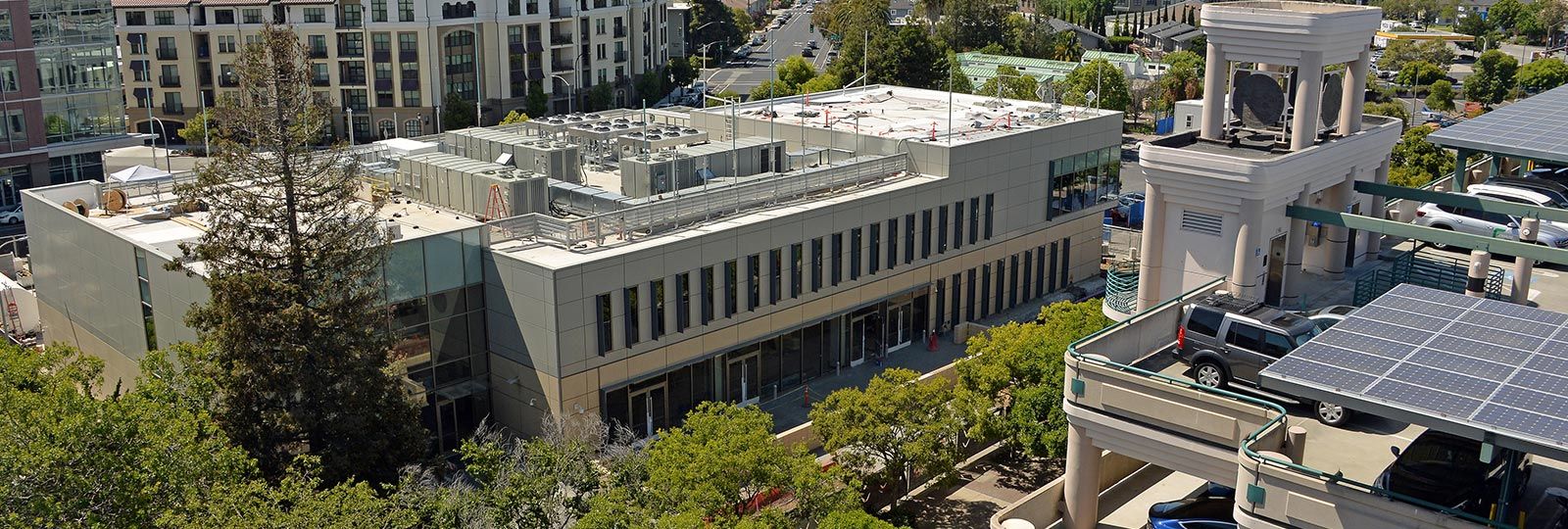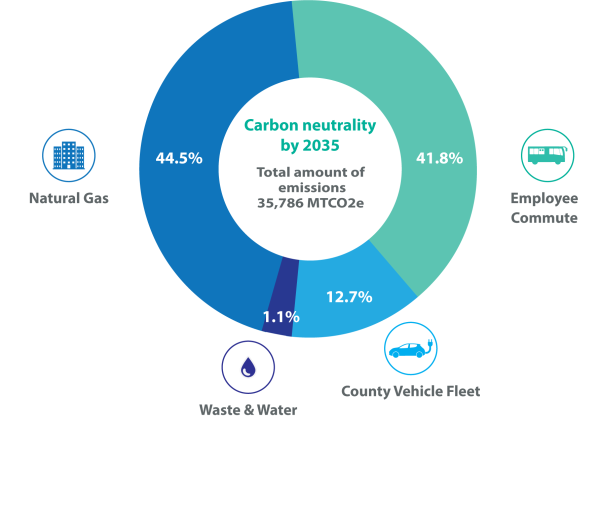
Government Operations Climate Action Plan
On January 26, 2021, the San Mateo County Board of Supervisors adopted the Government Operations Climate Action Plan (GOCAP), a comprehensive strategy to address the climate crisis making significant reductions to greenhouse gas (GHG) emissions to achieve carbon neutrality by 2035. San Mateo County communities are already experiencing the impacts of climate change including rising temperatures, wildfires, and hazardous air quality, extreme storms, sea-level rise, and coastal erosion. These climate impacts are most acutely felt by children, older adults, those with medical conditions, communities of color, and residents with unstable economic or housing situations.
The plan builds on the County’s progress to date and reflects the latest science and best practices. Many actions described in the plan will not only support the achievement of the County’s climate goals but will also bring economic, environmental, health, and equity benefits for County government and the community, making government operations more efficient and improving the level of service it offers to County residents and businesses.
Click the links below to learn more about the 2020 Government Operations Climate Action Plan:
At-A-Glance
Producing and burning fossil fuels releases significant amounts of greenhouse gases, like carbon dioxide and methane, and when these accumulate in the atmosphere, global climatic patterns change. This disruption in global climate causes myriad effects such as drought, more extreme storms, and sea level rise, and means that the environment we have become accustomed to is changing.
-
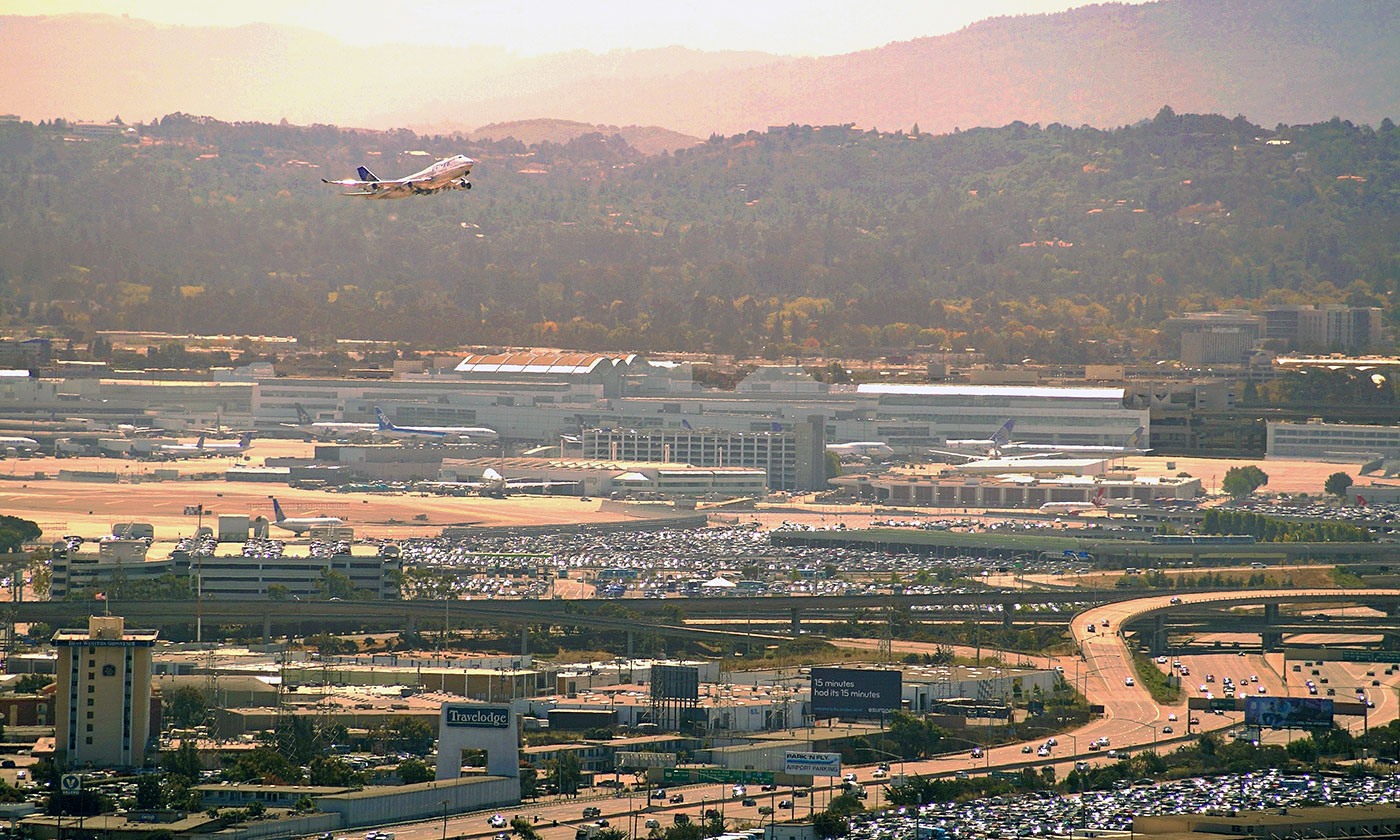

Fossil Fuels
We live in a fossil-fuel reliant society. Almost everything we rely on depends on the consumption of carbon. Burning fossil fuels has caused many climate change impacts that we have already seen in the County of San Mateo.
-
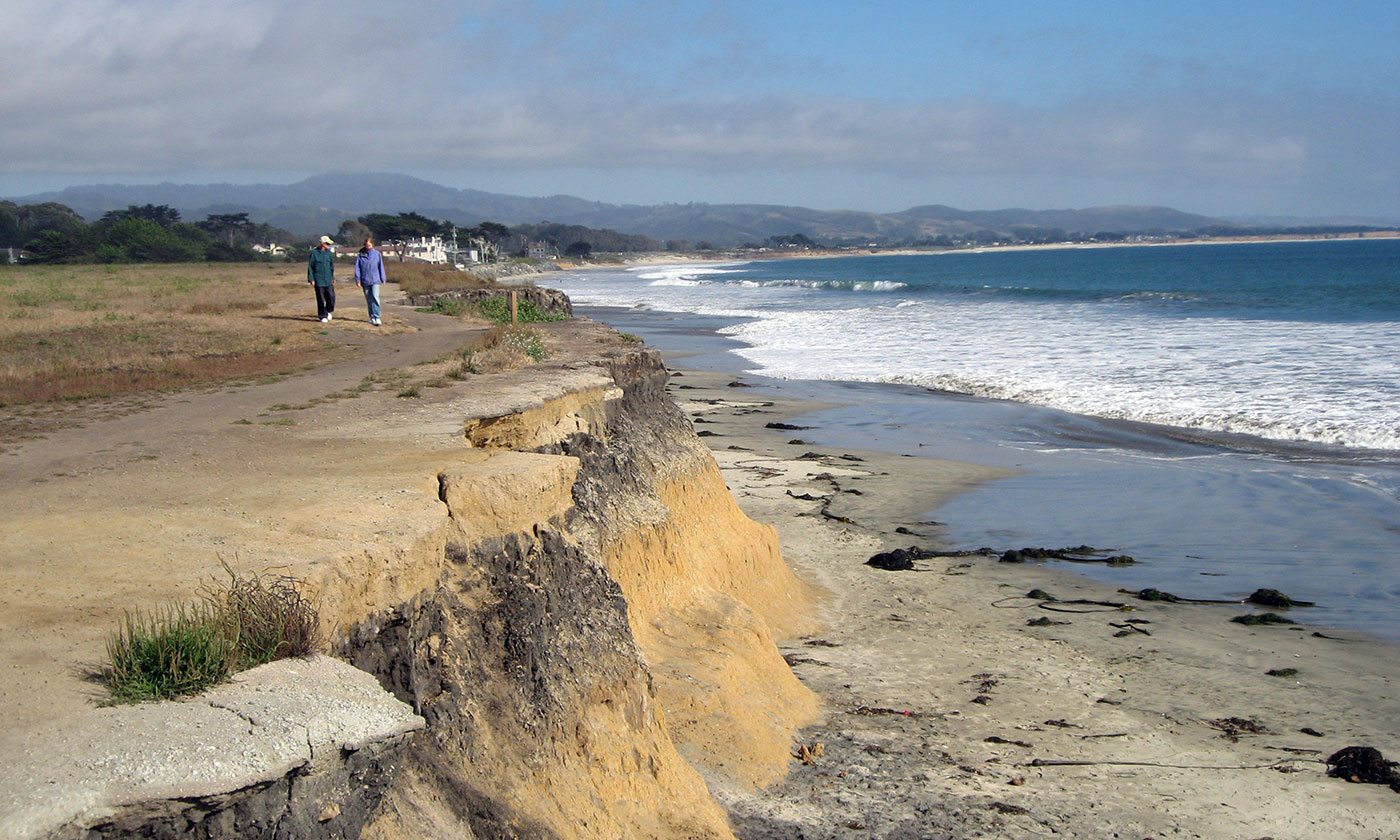

Sea Rise
6 inches of sea level rise by 2030 and 1-2 feet by 2050. By 2100 our region could experience 6 feet or more of sea level rise and widespread coastal erosion
-
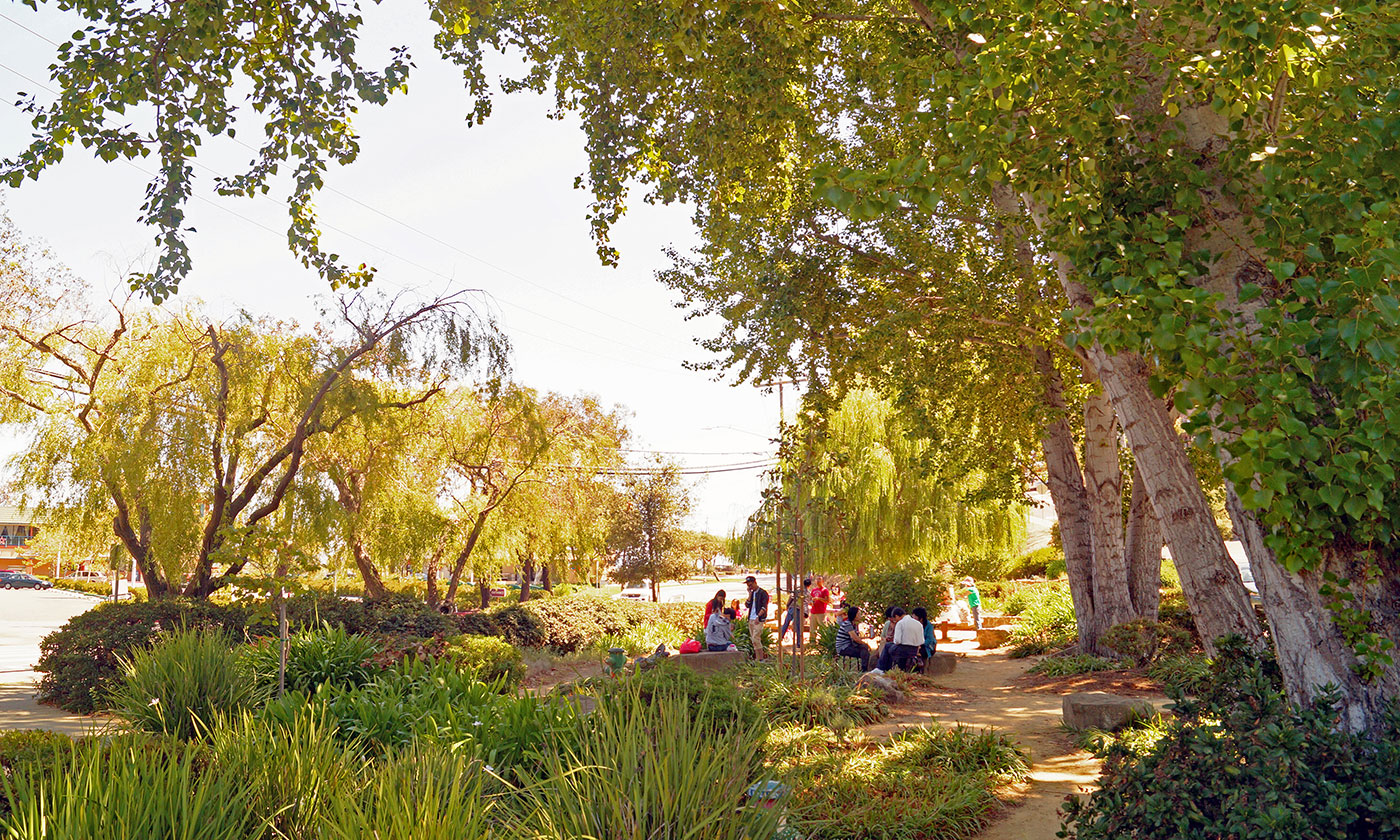

Higher Temperatures
By mid-century, where 10 days of the year or more could feel hotter than 90°F
-
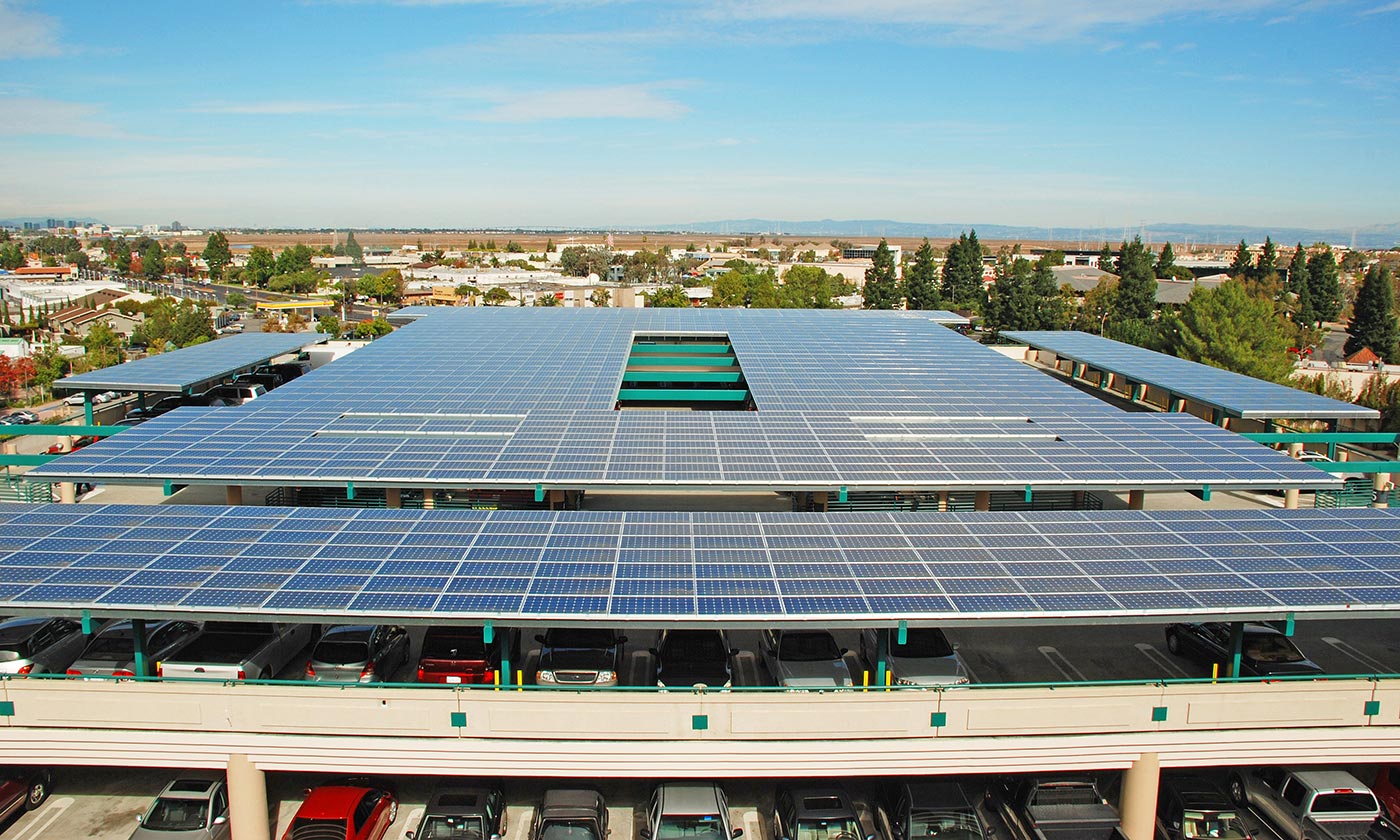

Energy
- Electrify 100% of County Buildings
- Reduce water consumption by 30%
-
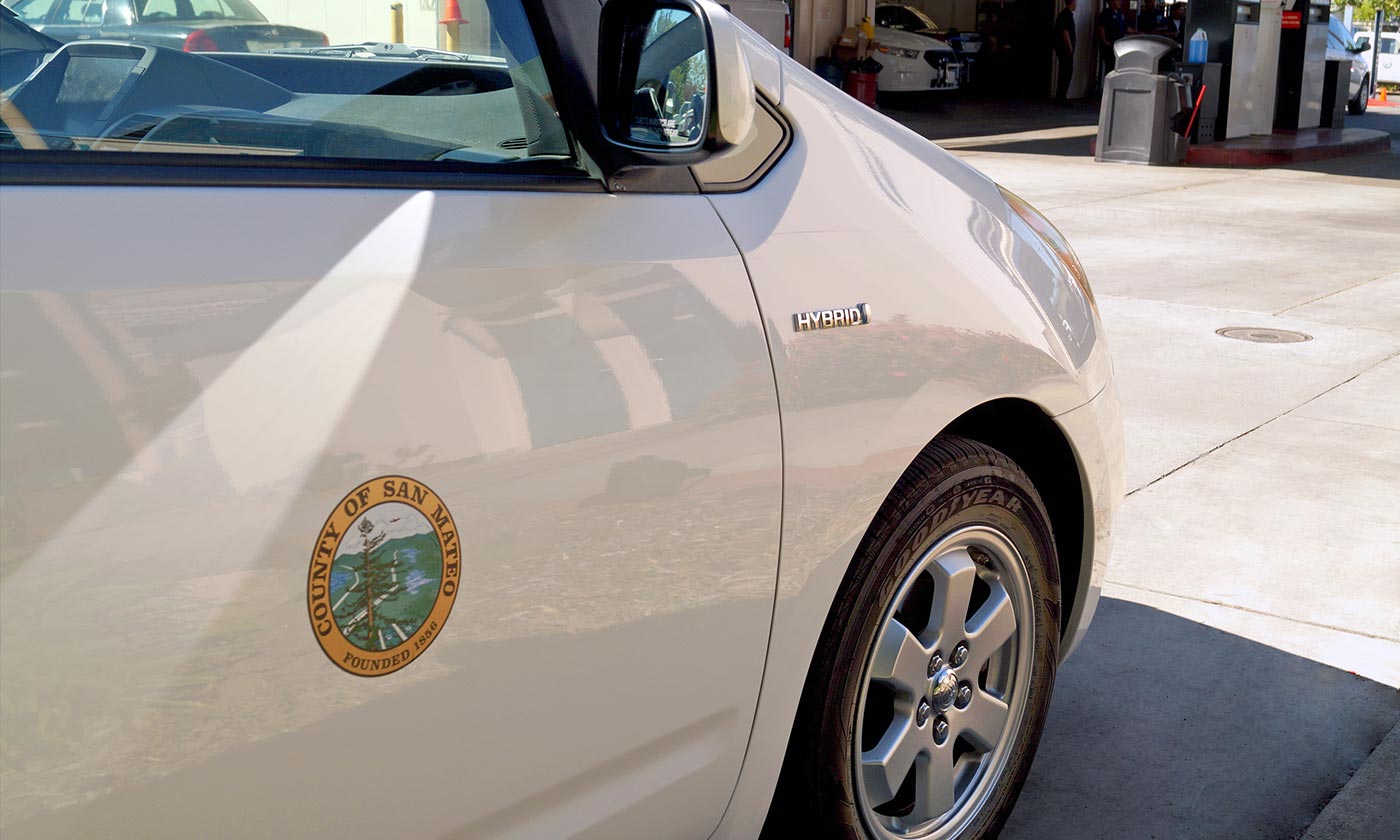

Transportation
- Shift 95% of employee commutes to cleaner alternatives (i.e.electric vehicles, public transit, bicycle, and telework)
- Electrify 100% of County fleet vehicles
-


CARBON SEQUESTRATION
Sequester 14% of of carbon emissions on County parks
-
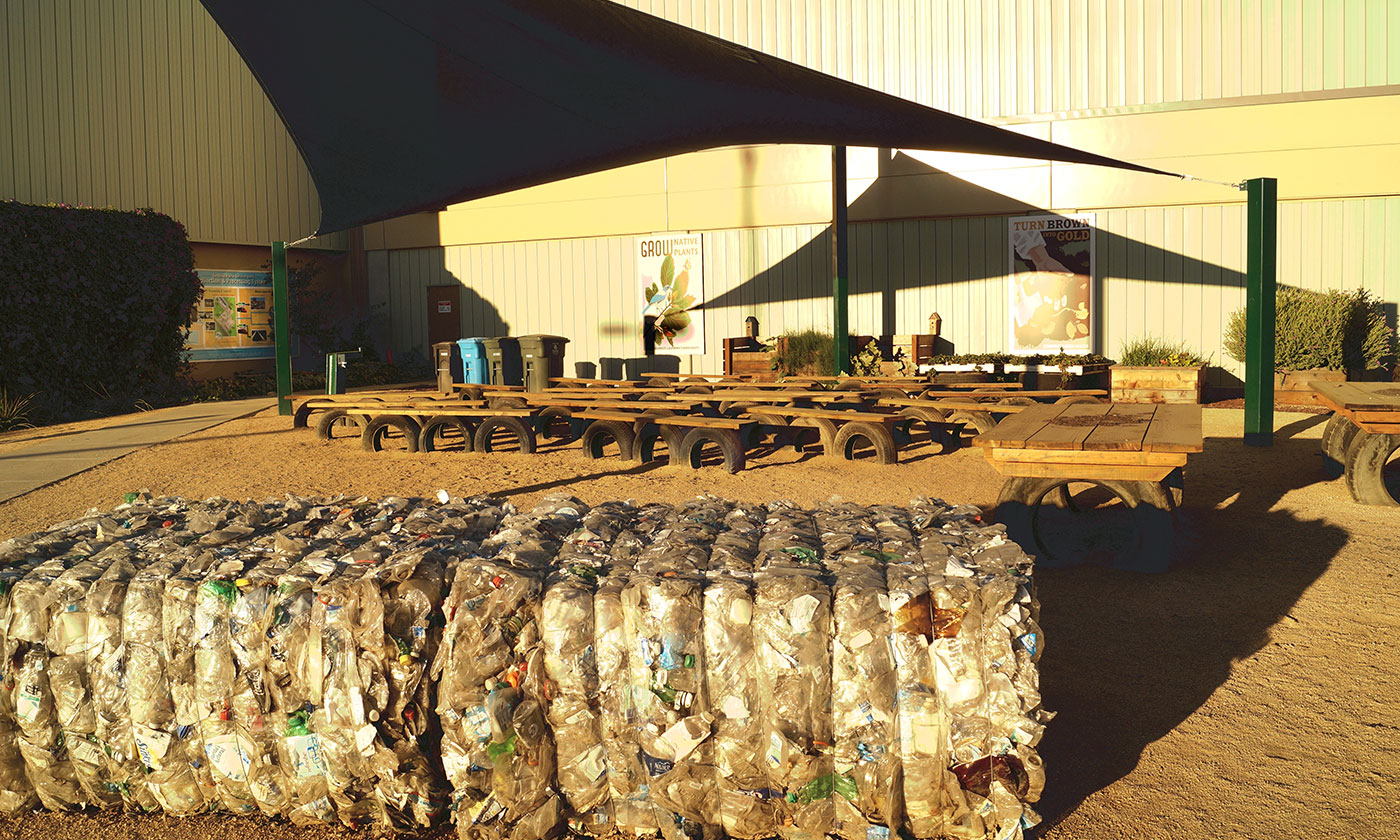

WASTE
Achieve zero waste at County facilities
Emissions Forecast
The goals in the GOCAP are to achieve an 80% reduction from 2005 levels by 2030 and carbon neutrality by 2035. The County’s first year of emissions tracking started in 2005 and calls for an 80% decrease in emissions by 2030 from this level and a 100% decrease by 2035.
The graph below shows the Government Operations emissions if no action is taken, or businesses as usual which appears in the green line. The red line shows the emissions pathway for Government operations with 100% renewable electricity through Peninsula Clean Energy. The blue line represents emissions reductions required by the State of California which mandates a 40% reduction in emissions from the 1990 emissions baseline by 2030. The purple line shows the pathway which the County must take in order to achieve carbon neutrality by 2035 and the dotted orange line shows the emissions reduction that will be achieved according to actions outlined in the 2020 Government Operations Climate Action Plan.
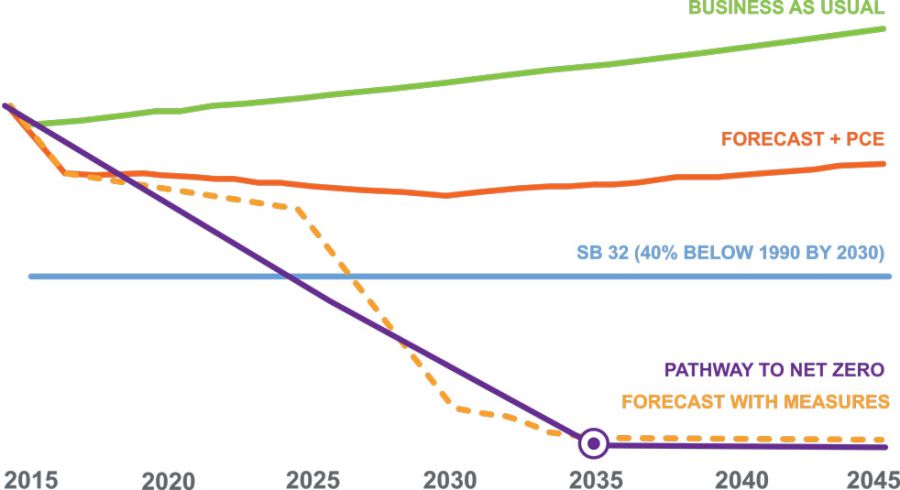
What Gets Measured
All measurable emissions from county operations are calculated, for example, by analyzing the amount of electricity, natural gas, or fuel used, or vehicle miles traveled on roads. The information below shows the greenhouse gas emissions generated by government operations in 2017 by sector. The total amount of emissions generated by government operations in 2017 was 35,786.6 MT CO2. The largest source of greenhouse gas emissions in government operations was from natural gas usage in county buildings and facilities. The second-largest source of emissions is from fossil fuel combustion in vehicles from employee commutes and County fleet vehicles.
Pathway to Carbon Neutrality
For county operations to achieve carbon neutrality by 2035, the County plans to:
- Eliminate 100% of natural gas usage in county buildings
- Reduce employee commute emissions by 95%
- Electrify 100% of the County vehicle fleet
- Improve water efficiency by 30%
- Produce zero waste in operations
Achievements
The first Government Operations Climate Action plan was created in 2012. Since then, the County of San Mateo has taken action towards reducing emissions. Highlights of climate action taken since the 2012 GOCAP include:
LED Lighting Retrofits
95% Streetlights
90-95% Traffic Signals
100% Pedestrian Signals
Renewable Electricity
100% County Buildings
Launched Peninsula Clean Energy
Solar Photovoltaic (PV) Projects
East Palo Alto (223 kw): 1,095,458 kwh
San Mateo Medical Center’s (1100kw): 2,622,738.84 kwh
Solar Photovoltaic (PV) Projects
Crime Lab (234 kw): 4,512,095.42 kwh
RWC Parking Structure (362kw): 3,863,841
Fuel Economy
Compact and Mid-sized Cars: 34 MPG
Overall Fleet: up to 21 MPG
EV Chargers
13 Electric Charging Stations
26 Total Parking Spots
Electric Vehicles
EV: 2
Hybrids: 218
County Fleet is 31% Green
New Program
SMC Commuter Shuttle Program (Retired 2018)
New Programs
Emergency Ride Home Program
Bike Fleet: 15 Bikes
CAP Programs Participation Rate Increase
Employees Participation in CAP: 17%
Telework Increase: 320%
Diversion Rates
County Facilities: 57.38% / 8898.74 tons
PW Roads: 92.69% / 13792.25 tons

